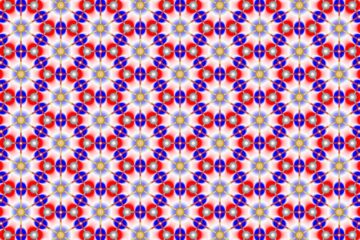Latest News

Ongoing Evolution Among Modern Humans: the View from the Teeth
As a result, in considerations of the biology of late archaic humans such as the Neandertals, it is common to compare them to living humans and largely ignore…

Experimental Drug Shows Promise Against Brain, Prostate Cancers
The drug’s actions, observed in isolated human cells in one trial and in rodents in the other, are especially encouraging because they attacked not only the…

Engineered Tobacco Plants Have More Potential as a Biofuel
According to Vyacheslav Andrianov, Ph.D., assistant professor of Cancer Biology at Jefferson Medical College of Thomas Jefferson University, tobacco can…

Turtles' Christmas journey tracked by scientists
Noelle and Darwinia are two adult female leatherback turtles that nest in Gabon, Western Central Africa. The research team has fitted each turtle with a small…

Tracing the Traces
Drinking water can transmit a number of diseases, including typhoid, dysentery, cholera, and diarrhea, which can then spread explosively throughout an entire…

New fluorescent proteins report electrical signals of brain cells
The protein was engineered by researchers at RIKEN to help analyze rapid electrical signals in populations of nerve cells and provides a unique window onto…











